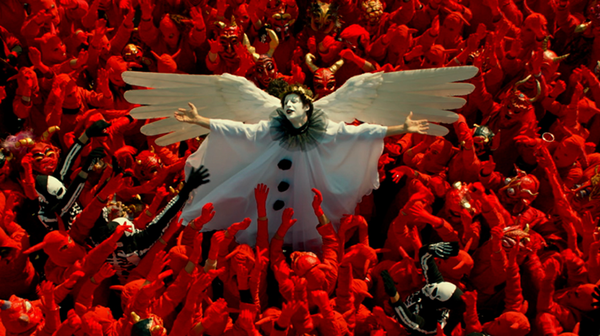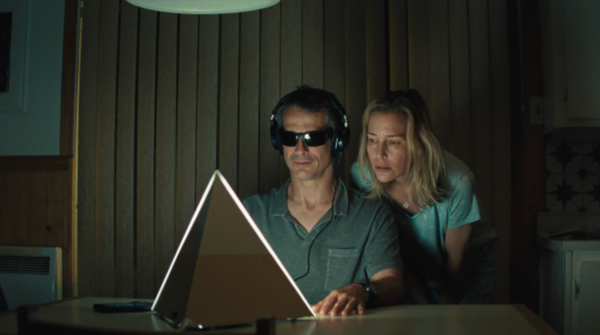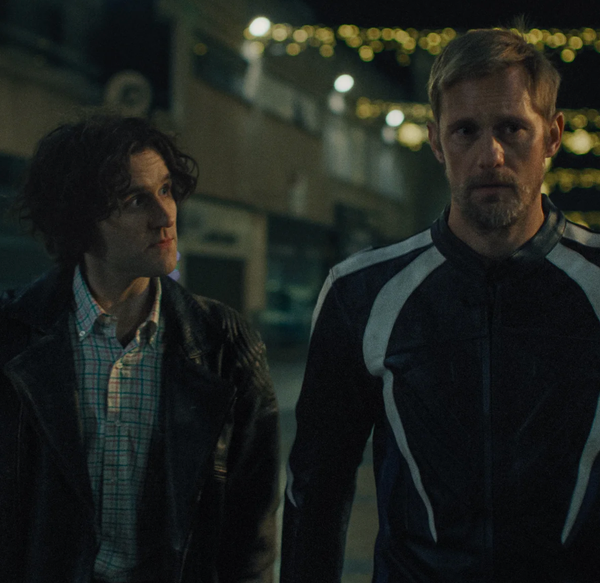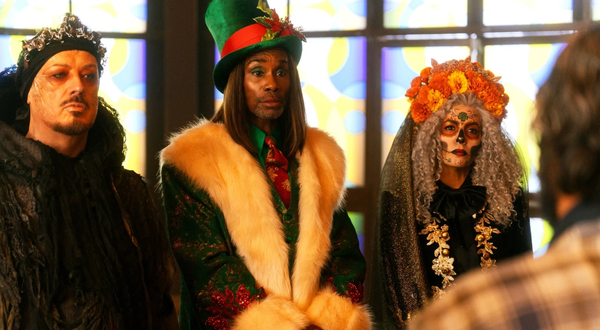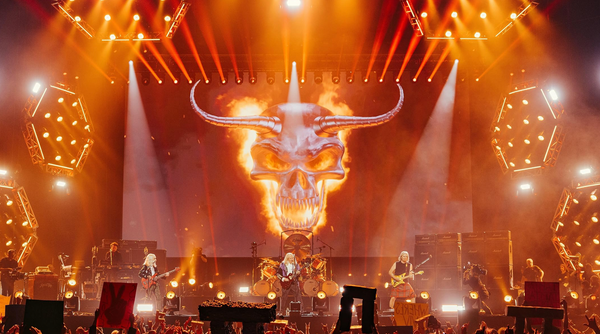Emma Donnelly nets a winner in her review of Diego Maradona.
Asif Kapadia was first drawn to the story of the fiery Argentinian footballer Diego Maradona as far back as the 1980s, and has been patiently working away on this film for the past five years. According to the filmmaker, gaining access to such an elusive, temperamental and travelling subject has proved as difficult as sculpting the story about a deceased one (Amy, 2015).
The documentary Diego Maradona was compiled with hundreds of hours’ worth of footage of the football superstar, much of which had never seen the light of day before its premiere in Cannes last month. This includes recordings not just of his games, but of Diego’s intimate interactions with friends, family and colleagues, as well as Maradona’s notorious socialising. This level of documentation is impressive for the era, and much had to be retrieved by Asif from Diego’s ex-wife, requiring a particular level of skill and negotiation from the filmmaker.
According to Asif himself, Diego Maradona is, in fact, the third part of a trilogy about child geniuses and the impact of fame. His previous works, Senna and Amy, gave very different perspectives of subjects struggling under the limelight, and demonstrated a style and insight on behalf of the filmmaker that served him well. These documentaries picked up accolades and critical acclaim; in the case of the latter, an Academy Award. But most importantly, they transcended the art form, capturing the imaginations and hearts of not just die-hard fans or documentary film buffs, but general cinemagoers across the globe.
This should come as no surprise, as Asif is both forensic and relentless in his pursuit of getting to the ‘truth’ of the story of these perceived legends. You can forget about the familiar ‘talking heads’ documentary format that we’ve become so accustomed to as a modern audience. What Asif created is intrinsic and harks back to traditional observational documentary. He interviews all his subjects using audio only, and compiles the visuals out of actual footage. No one voice or perspective controls the story; instead we get the seemingly omnipresent observation of the subject and their struggles. It could be a filmmaker honing their craft, or the sheer wealth of documentation available for this subject, but Diego Maradona surpasses its two cinematic predecessors in terms of style and technical achievement.
As a character, a man and an athlete, Diego Maradona is simply fascinating. He came from absolutely nothing, and when he gained success playing for Barcelona, he supported his parents and family. Many writers, players and fans regard him as the greatest football player of all time. When he went to play for Napoli, he elevated the entire team’s performance. However, on top of his skill, style and ability, Diego Maradona is known for his troubled personal life. Asif works his magic, documenting Diego Maradona’s rise, fall and leanings towards self-destruction. As one of his close colleagues speculates, there’s Diego, a sweet, honest man, and then there’s Maradona, the egotistical persona he created to manage the hatred, celebrity and pressure.
The only real issue with this film is how it skips into overtime, coming in at two hours and ten minutes. Pacing-wise, this is just too long, as the narrative mainly focuses on Maradona’s time in Naples. His later years fly in as an afterthought, and the given resolution feels forced. This again is the issue of working with a live subject: there is no final resolution to sculpt the structure.
Overall, as a film Diego Maradona is completely accessible to all audiences old enough to see it. As someone who has absolutely no interest or knowledge of football or sports as a whole, I was on the edge of my seat the entire screening. At this stage, I would watch a documentary about my local postman if it was directed by Asif Kapadia.
Diego Maradona is available to stream online now.



